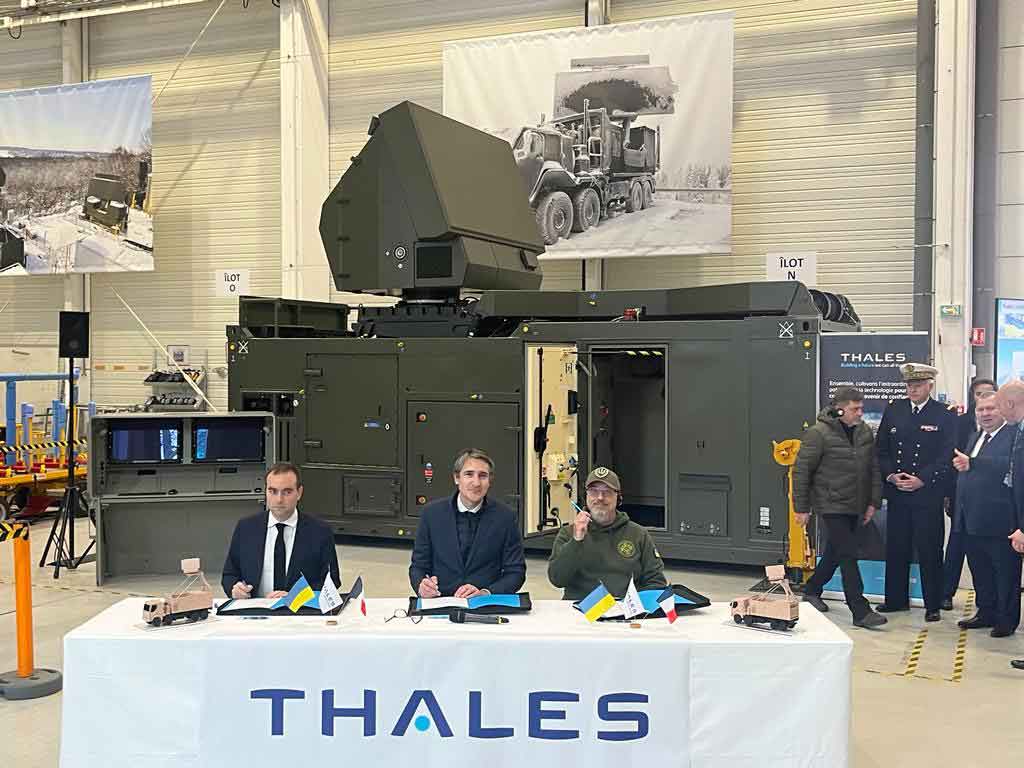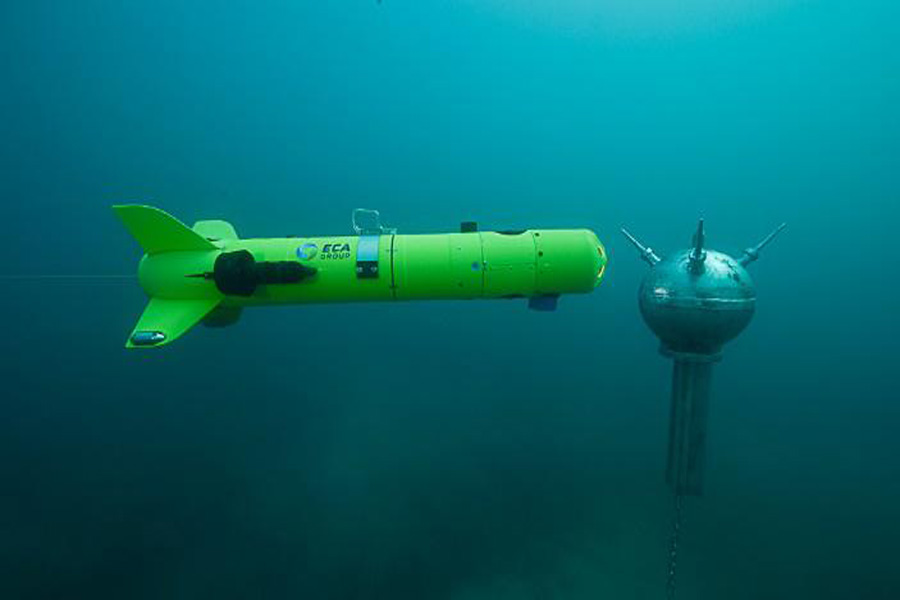French and UK Navies One Step Closer to Taking Delivery of New Unmanned MCM capability
Unmanned Mine Countermeasures System for French and UK navies enters production phase.
26 November 2020

Thales will deliver the first fully integrated unmanned mine countermeasures system for the Royal Navy and France's “Marine Nationale.”
The two countries marked the 10th anniversary of the Lancaster House treaties for defence co-operation by signing a joint contract for Thales to commence the production phase of the MMCM (Maritime Mine Counter Measures) programme to deliver eight unmanned mine hunting systems (four for France and four for the UK) under Phase 2 of the programme. Phase 1, which was initiated in 2015, was to demonstrate and qualify the technology.
The system has been tested and demonstrated under real operational scenarios at sea in France and the United Kingdom. Thales, together with its main partners (ECA Group, L3Harris and Saab) will now deliver the systems starting from 2022 to the French and UK navies.
The MMCM programme is the first step in the renewal of the operational concept for mine warfare in France and the United Kingdom, based on the use of unmanned systems which could potentially replace traditional minehunters.
With the threat of mines and improvised explosive devices present in all conflicts, naval forces are keen to strengthen protection in the maritime domain to ensure the protection of their assets and to safeguard the freedom of civil navigation. At the same time, they are looking to limit human exposure to mines. This is a step change in capability, improving performances, productivity and removing the need to place members of the armed forces in harm’s way.
The subsystems developed for the programme by Thales and its partners include Unmanned Surface Vehicles (USV) to transport and connect solutions and a sonar (SAMDIS) offering Single Path Multi View capability to identify and classify threats.
The SAMDIS sonar can be carried by Autonomous Underwater Vehicles (AUV) or by a Towed Synthetic Aperture Multiviews (TSAM) vehicle operated from the USV. The USV can also carry a Remotely Operated Vehicle (ROV) to neutralise threats. The entire system is remotely supervised by operators working from a Portable Operational Centre (POC) capable of controlling up to three systems at a time at sea.
As a result of Thales’s open-architecture approach to MMCM, the company says new technologies like augmented artificial intelligence (A2I) can be easily integrated into the overall system, providing navies with the opportunity to introduce new operational capabilities in a planned way, throughout the life of the system.
After the success of the first configuration conducted under real operational conditions with the complete system, Thales is now fully committed to deliver the first operational systems to French and British navies by 2022.
“To date during trials, the MMCM systems and its assets have covered the equivalent of 30,000 soccer fields at sea, sometimes with very rough sea conditions,” said Alexis Morel, vice president of Underwater Systems at Thales. “This is indeed a step change in how navies will be able to respond in the future to vicious threats such as mines and improvised explosive devices at sea.”
RELATED ARTICLES:
Keeping Sailors Out of the Minefield
The Belgium and Dutch Navies showcase their new Stand-off mine countermeasures
concept at Euronaval in Paris
